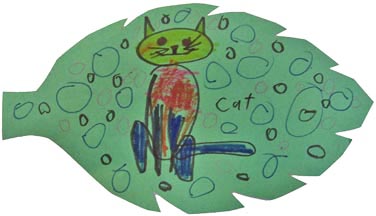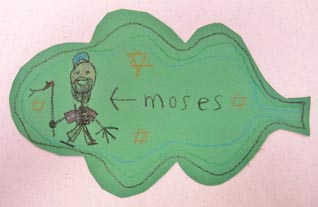Celebrating Sukkot at the Woodstock Jewish Congregation
For the last eight days, the holiday of Sukkot has been celebrated by Jews all over the world. Like many ancient holidays, this one has several meanings. It is the culmination of the “Days of Awe” or Yamim Noraim – from the eve of Rosh Hashanah, the Jewish New Year – through Yom Kippur, the Day of Atonement. During this ten-day period, Jewish people everywhere engage in deep soul-searching and take stock of goals for the year to come. Then Sukkot begins – the time of relaxation and joy in the harvest of our inner work, our community, and the fruits of nature.
Sukkot means “booths” in Hebrew, referring to the booths that act as temporary shelters during the eight days of the holiday. The booth has three tent-like walls – typically canvas or burlap, in the U.S. – and a roof that is partly covered with organic material. One must be able to see the stars through a sukkah (singular of sukkot). The sukkah symbolizes the temporary shelters that the ancient Israelites slept in during their forty years of wandering through the desert from Mt. Sinai to the Land of Israel. The sukkah is meant to remind us of the impermanent nature of our lives, as well as our dependence upon the Source of Life that sustains us.
 Sukkot is also a harvest festival. Each sukkah is hung with the fruits of the harvest – gourds, vines, flowers, nuts, and fruits – and other decorations to make the sukkah comfortable and pleasant. Why decorate something temporary? Because it is a commandment , or mitzvah, to invite guests to dine in one’s sukkah, and to be joyful there. These special guests are known as ushpizin – an Aramaic word simply meaning “guests”.
Sukkot is also a harvest festival. Each sukkah is hung with the fruits of the harvest – gourds, vines, flowers, nuts, and fruits – and other decorations to make the sukkah comfortable and pleasant. Why decorate something temporary? Because it is a commandment , or mitzvah, to invite guests to dine in one’s sukkah, and to be joyful there. These special guests are known as ushpizin – an Aramaic word simply meaning “guests”.
The ushpizin were invited into the sukkah at the Woodstock Jewish Congregation in the form of paper leaves. We cut large leaf shapes from colored paper, and drew on them.  Some children drew the traditional ushpizin: our ancestral forefathers and foremothers: Abraham, Isaac, Jacob, Sarah, Rebecca, Rachel, and Leah. Others chose to bring their family ancestors and deceased relatives into the sukkah. Some children drew pets they wished to remember.
Some children drew the traditional ushpizin: our ancestral forefathers and foremothers: Abraham, Isaac, Jacob, Sarah, Rebecca, Rachel, and Leah. Others chose to bring their family ancestors and deceased relatives into the sukkah. Some children drew pets they wished to remember. 
 In the Sephardic tradition, special honor is also given to Joseph, Moses, Aaron, and David, for each of these exalted persons represents uprootedness, and each in his wanderings brought benefit to the world through the characteristics of lovingkindness, strength, holiness, and sovereignty. Our temporary dwelling in the sukkah can inspire us to emulate these qualities.
In the Sephardic tradition, special honor is also given to Joseph, Moses, Aaron, and David, for each of these exalted persons represents uprootedness, and each in his wanderings brought benefit to the world through the characteristics of lovingkindness, strength, holiness, and sovereignty. Our temporary dwelling in the sukkah can inspire us to emulate these qualities.
 The paper leaves also remind us that it is our duty to include the poor among our guests, for it is written that the spirits of the ushpizin will not enter a sukkah where the poor are not welcome. The great scholar Maimonides admonished that anyone who sits comfortably within his own walls and does not share with the poor is performing a mitzvah only for his stomach. We are meant to open our homes – and our hearts – to the needy. What better way to celebrate the abundance of the harvest?
The paper leaves also remind us that it is our duty to include the poor among our guests, for it is written that the spirits of the ushpizin will not enter a sukkah where the poor are not welcome. The great scholar Maimonides admonished that anyone who sits comfortably within his own walls and does not share with the poor is performing a mitzvah only for his stomach. We are meant to open our homes – and our hearts – to the needy. What better way to celebrate the abundance of the harvest?
The Hebrew prayer “Sukkat Shalom” (Canopy of Peace) brings yet another meaning to the holiday of Sukkot. A true canopy of peace is not a rock-solid fortress, but a tenuous hut made from living things, open to the sky, exposed to the elements, welcome to guests and compassionate to the poor. Most of all, a sukkat shalom must be tended with ongoing effort and care, for it is built to last only with the loving touch of human hands – and the creativity of children.
May you be sheltered with peace in the coming year – a tender and tenuous peace.
Chag Sukkot Sameach – Happy Sukkot Holiday – to all!









